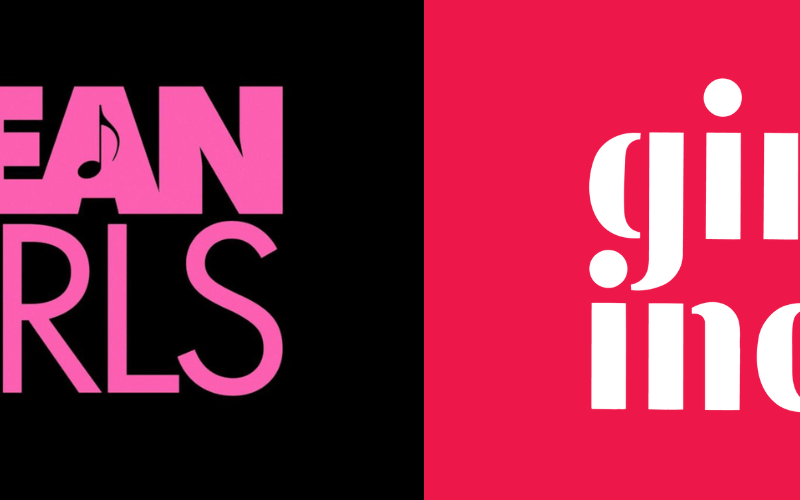ICYMI: Read the Op-ed from Girls Inc. President & CEO: Want More BIPOC Women on Corporate Boards? Start in Middle School.
It is not surprising that boards are struggling to achieve diversity goals
Written by Stephanie J. Hull, Ph.D. as published in Black Enterprise.
Corporate boards these days eagerly seek Black and brown people and women as directors. This interest is driven largely by ESG initiatives such as NASDAQ’s 2021 Board Diversity Rule, which requires companies to have at least one director (and by 2026, two) identifying as a woman, a member of an underrepresented racial and ethnic group, or LGBTQ+. The pressure is on.
Despite some progress, boards are struggling overall with representation. In 2022, Fortune 100 companies had 14.9% BIPOC men and 8.8% BIPOC women, according to Deloitte. Those numbers were slightly lower in the Fortune 500 (14.3% and 7.8%, respectively). Representation looks even slimmer in the S&P 500, where reported levels of diversity are plateauing, according to The Conference Board. It is telling that in 2023, Black women held just 4% of corporate board seats.
It is not surprising that boards are struggling to achieve diversity goals. Even the best-intentioned corporate leader can rarely walk out their office door and see a senior-level woman of color ready to take a seat. That is because Black and brown women, even those in C-suites, often lack opportunities and connections that would help them cultivate the broad knowledge base a board seat requires. For that matter, few Black and brown women are offered early-career mentoring and leadership preparation needed to achieve this kind of corporate fluency.
However, the real problem is at the very beginning of the career trajectory. For women of color ready for corporate boards, there need to be girls who aspire to corporate careers. The first step down this pathway should happen in middle school, where Black and brown girls develop confidence, begin to see themselves as leaders, and form the habits of mind—like entrepreneurship and independence of thought—that a board seat requires. Baseline skills, such as financial literacy, data-driven decision-making, ways to frame arguments, and the disposition to participate have to be developed when girls are in their early teens, as girls risk losing confidence during adolescence.
While some schools offer these skills and experiences, either in class or through clubs, Black and brown girls—especially those from lower-income communities or under-resourced schools—need greater access. That comes most readily from mentors who help girls find out what they need to know, understand what matters, and see expertise and leadership in action. Even more importantly, connections with Black and brown mentors allow these girls to envision themselves in business, management, and leadership.
Sponsorships, especially from local BIPOC business leaders, are another important venue for cultivating future leaders. This is not just because young women need funding, services, or merchandise to support them (though often they do) but also because being “seen” by a successful business leader makes an impression. Young people tend to remember and aspire to work for the companies that valued and validated them early on. For young Black and brown women, a simple, magical opportunity to get a new perspective from a more seasoned woman of color can launch and accelerate their career trajectory.
But those of us who are inclined to be sponsors, mentors, and guides can hardly walk into a school or neighborhood club at random to volunteer. We generally do not know where to start, and there are guidelines to be followed. Structured engagement, organized time, safe spaces, thoughtful programming to engage in—these are the ways in which businesspeople can give their know-how to young Black and brown women.
The cold truth is that such engagement often happens on a volunteer basis—even as many adult Black and brown women press to be equitably compensated for the work we are required to do. While we still struggle to find our own positions of power and influence on for-profit boards and in other venues, it falls to us to keep one foot in the world of service and support—potentially quite rewarding, but definitely less lucrative—which is typically where those engagement opportunities dwell.
If we are ever to see more truly diverse corporate leadership in this country, it is essential that successful Black and brown adults reach back to engage with young people. We can shift the equity landscape for future generations. Yet, as has always been true, they will need shoulders to stand on, and those shoulders are ours. Only those of us who have fought for our own success as Black and brown women have the wherewithal to create longer, smoother runways for our little sisters.

